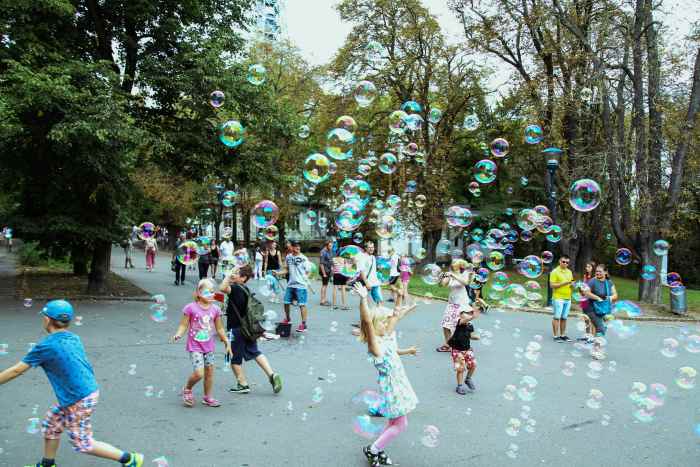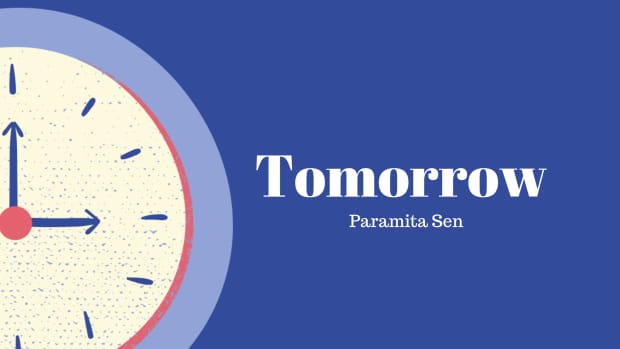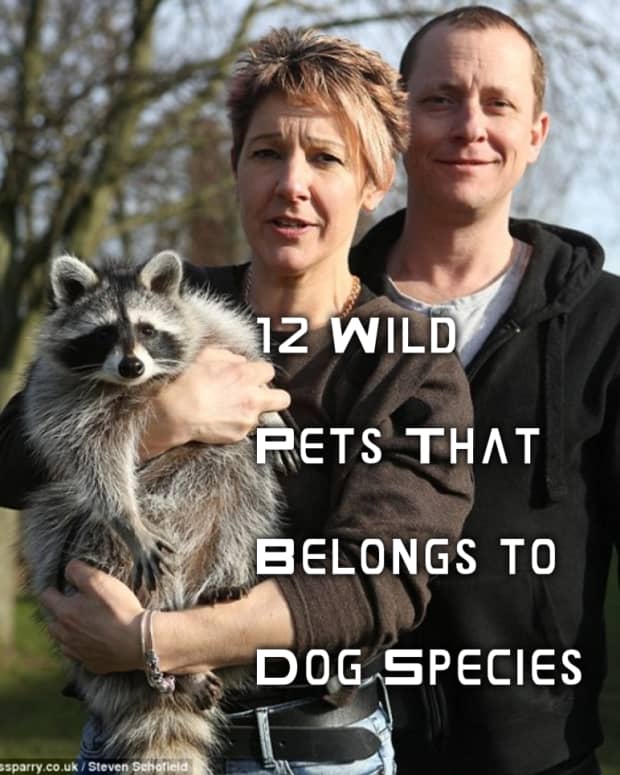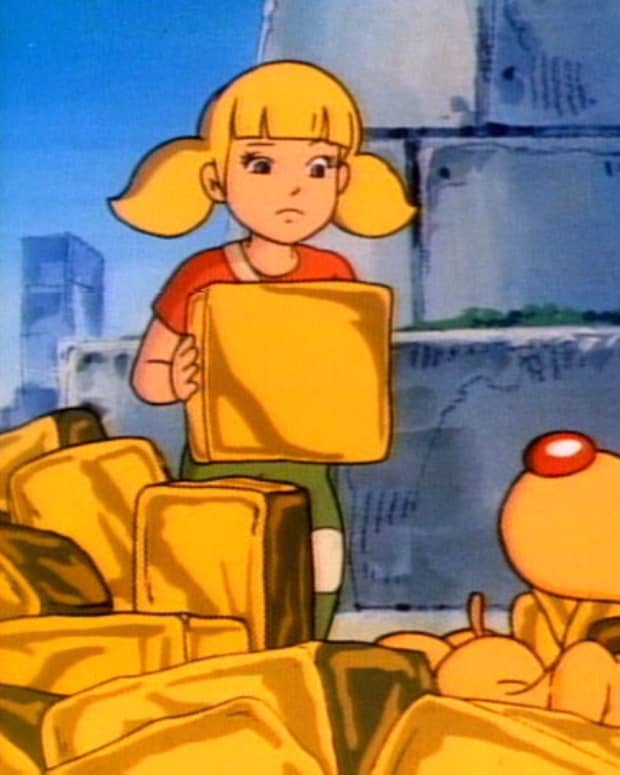Characteristics and benegits of play unit4
The Types, Characteristics, and Benefits of Play in Early Childhood Development
In today's world, an increasing number of children are not given room for play, particularly in urban areas, and if they're given opportunity to play, it's for a limited time. This can be witnessed not only in homes, but also in schools.
There are a variety of reasons given by parents/caregivers why they don't allow their children to play, or limit how much they can play. One of the major reasons is the security concern - the vulnerability of children being kidnapped. Reasons such as these are understandable, but parents can make use of indoor playing activities that are ideal inside the house.
Children, by nature, are more playful than adults. This can also be witnessed among the young ones of mammals - puppies, kittens, and cubs. Pleasure, one of the characteristics of play, is felt among children as young as one month old when they're involved in a playful activity - their parents making faces, slightly rubbing their nose to theirs, slightly touching their face to theirs, slightly rubbing their face on their bellies, and blowing on their stomach or feet. Through smiling and laughing, children show how much they enjoy in such a fun activity.
But, there is more to play than enjoyment proceeding from engaging in a playful activity. Studies done on play have concluded, among other benefits, play enables a child to become aware of their surrounding, they learn the importance of sharing, they learn their roles and responsibilities in the family and society, in knowing and understanding rules exist and are meant to be followed, and it keeps eep them in shape (reducing the chance of becoming overweight).
Due to the benefits afforded by play in the learning and development of a child, many countries have incorporated playing into their primary school curriculum as the awareness of the importance of Early Childhood Development and Education (E.C.D.E) is gaining traction. In fact, the United Nations (UN) recognizes play as a right of every child. Article 31 of the United Nations Convention on the Rights of the Child (UNCRC) states,
"That every child has the right to rest and leisure, to engage in play and recreational activities appropriate to the age of the child and to participate freely in cultural life and the arts."
Being denied the chance to play, or given limited time to play, affects a child's learning outcome and child's development - cognitive, social and physical development.
"Long-term impacts of play deprivation during early childhood development include isolation, depression, reduced self-control and poor resilience," states Play Scotland.
Playground Professionals note deprivation of play, defined by TSW Training as occurring when a child is unable to play freely, or engage in normal play activities, "is linked to a variety of issues such as depression, aggression, stress and more."
Play is critical for the development of physical, emotional, social and cognitive skills in children, and is essential for a lifetime. (Playground Professionals)
As such, it is imperative to know when, where, how, and which playing activities (physical and psycho-motor activities) to incorporate.
Definition of Play
Despite the fact we can recognise play, and rightly state that is play, defining it has become difficult. This is the reason why there are varies definitions of play. Is play concerned with the process (how it is carried out) or the end result (what it is to be gained by engaging in it) are some of the questions still puzzling researchers, and philosophers.
Below are some of the definitions of play:
- Play is a range of intrinsically motivated activities done for recreational pleasure and enjoyment. (Wikipedia)
- Play is the work of children. It consists of those activities performed for self-amusement that have behavioral, socialz and psychomotor rewards. It is child-directed, and the rewards come from within the individual child; it is enjoyable and spontaneous. (Encyclopedia of Children's Health)
- Play is a physical or mental activity that we do for fun, without any other purpose in mind. (Twinkle)
- Play is a spontaneous, voluntary, pleasurable and flexible activity involving a combination of body, object, symbol use and relationships. (Child-encyclopedia)
Therefore, play can be termed as a repetitive action carried out using familiar objects or materials in a familiar setting, and the outcome is a pleasurable experience.
Characteristics of Play
- It is flexible.
- It is non-literal - It involves a lot of pretense.
- It is voluntary and does not carry with it any rewards apart from enjoyment.
- It is spontaneous and is carried out for the pleasure of doing it.
- Play may be carried out individually or in a group.
- It is motivating, enjoyable and open-minded.
- Lastly, it can be self-selected and self-directed.
Classification of Play
Play is broadly classified into two groups:
a) Free Play Activities
This is whereby children choose which play activities to engage in out of their own free will. However, it is important for an adult to be there to ensure their safety and encourage them to participate.
b) Directed Activities
This is whereby an adult guides the children in different play activities as the children do not know all the play activities. This type of play ensures shy children and those withdrawn for various reasons participate in the fun activities.
Types of Play
a) Physical Play
This involves use of the small and large muscles.
This level of play occurs between the age of 0-3 years, and is usually rough. This is because they are not mentally and physically matured. At this stage they cannot use their minds in play.
b) Cognitive Play
This type of play involves using of the mind/intellect and thinking. There are three types of cognitive play:
Sensori Play (Birth to 2 years)
In this type of play the infant repetitively uses muscle movements which can either involve muscles or not. As the infant uses their senses and move, they learn of the physical reality of their immediate environment, and enables them to explore and discover facts about the environment.
Pretend Play (2-4 years)
This is whereby children use items to signify something else while playing, for example, using a toy. By the age of 2-3 years, a child will use one object to signify another object, for example, a box can be used as a drum.
Dramatic Play (5-8 years)
In this type of play, children pretend to be certain people or things. They play out the roles of the people they have imitated, for example, that of a mother and father.
c) Social Play
This type of play helps in establishing social relationships. There are five types of social play:
Solitary Play (2-3 years)
This is when the child play by themselves in isolation to others with or without the use of materials.
Parallel Play (2-3 years)
In this type of play, children play side by side, and can use each other's objects but stilll remain interdependent (on their own). There is no interaction or communication between them. They only talk to themselves or the objects they are playing with. At this level, children are projecting the world as revolving around them - egocentric.
Associative Play (3-6 years)
This is when children talk to each other and share their objects but the objectives of the play are not realized therefore the play is not coordinated. This means their activities are not harmonized - no taking turns, activities are not organized, and the child will do what they wish.
As such, the interest of the group does not dictate the individual child's interest.
Cooperative Play (6-8 years)
At this level children organize themselves, they feel a sense of belonging to a group, and have a common goal to be developed. Activities are coordinated or harmonized, and they take turns as each is assigned their role.
d) On looker Play
This is whereby a child watches other children playing but does not actively participate in the play, physically. Their role in the play is that of a spectator.
In conclusion, "Play is not about completing one task at a time but about dealing with multiple tasks such as relationships, activities, problem solving, other peoples’ ideas and creating companionship and enjoyment, all at the same time.
In this way, play strengthens and supports the connections between the neurons of the brain and provides a rich opportunity for children to grow and develop." (Early Childhood Ireland)
© 2014 Alianess Benny Njuguna
























Comments
Post a Comment